I want to create the next histogram density plot with ggplot2. In the "normal" way (base packages) is really easy:
set.seed(46)
vector <- rnorm(500)
breaks <- quantile(vector,seq(0,1,by=0.1))
labels = 1:(length(breaks)-1)
den = density(vector)
hist(df$vector,
breaks=breaks,
col=rainbow(length(breaks)),
probability=TRUE)
lines(den)

With ggplot I have reached this so far:
seg <- cut(vector,breaks,
labels=labels,
include.lowest = TRUE, right = TRUE)
df = data.frame(vector=vector,seg=seg)
ggplot(df) +
geom_histogram(breaks=breaks,
aes(x=vector,
y=..density..,
fill=seg)) +
geom_density(aes(x=vector,
y=..density..))
But the "y" scale has the wrong dimension. I have noted that the next run gets the "y" scale right.
ggplot(df) +
geom_histogram(breaks=breaks,
aes(x=vector,
y=..density..,
fill=seg)) +
geom_density(aes(x=vector,
y=..density..))
I just do not understand it. y=..density.. is there, that should be the height. So why on earth my scale gets modified when I try to fill it?
I do need the colours. I just want a histogram where the breaks and the colours of each block are directionally set according to the default ggplot fill colours.

